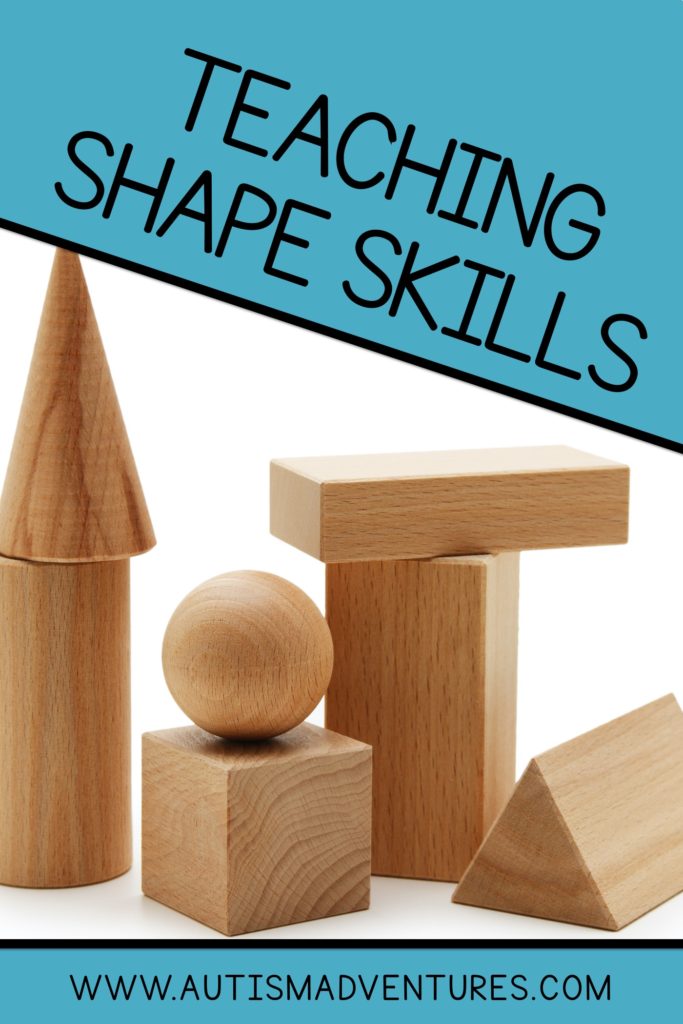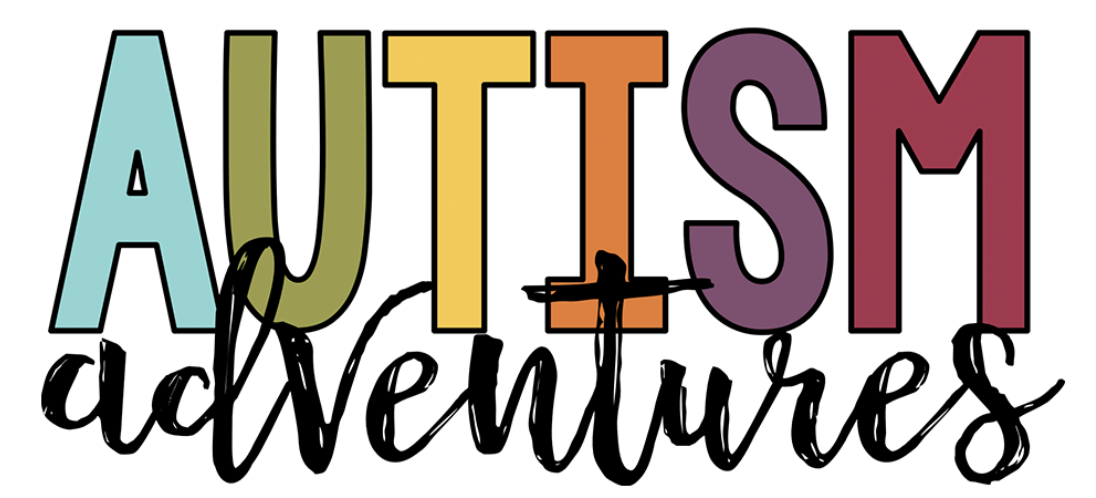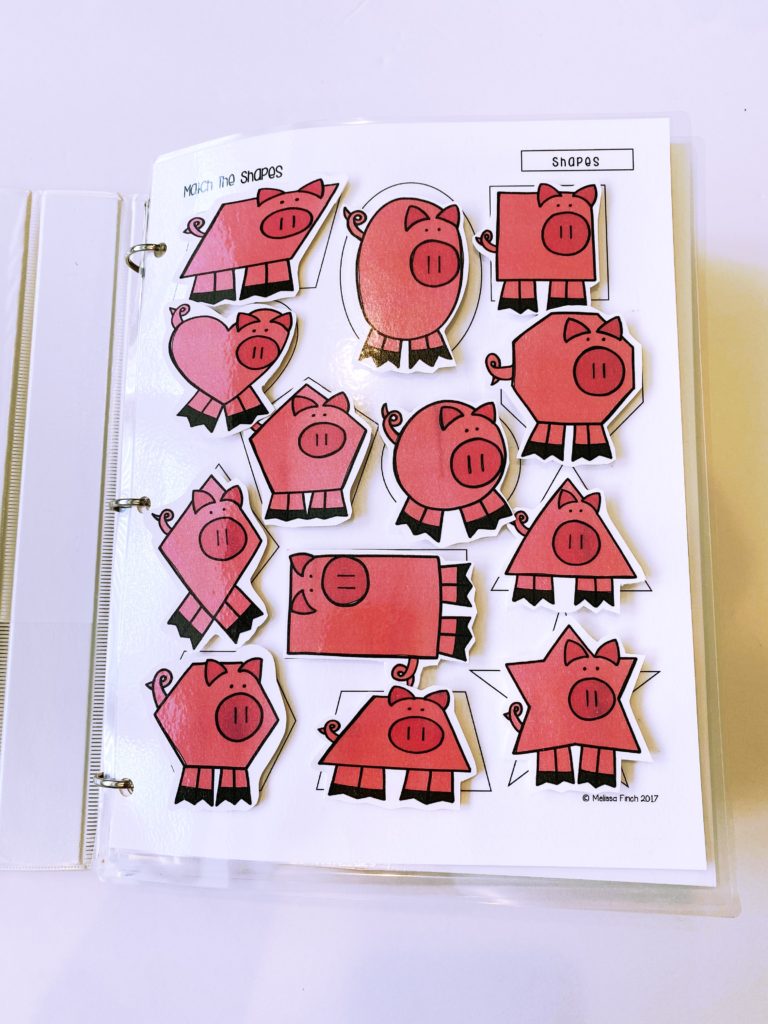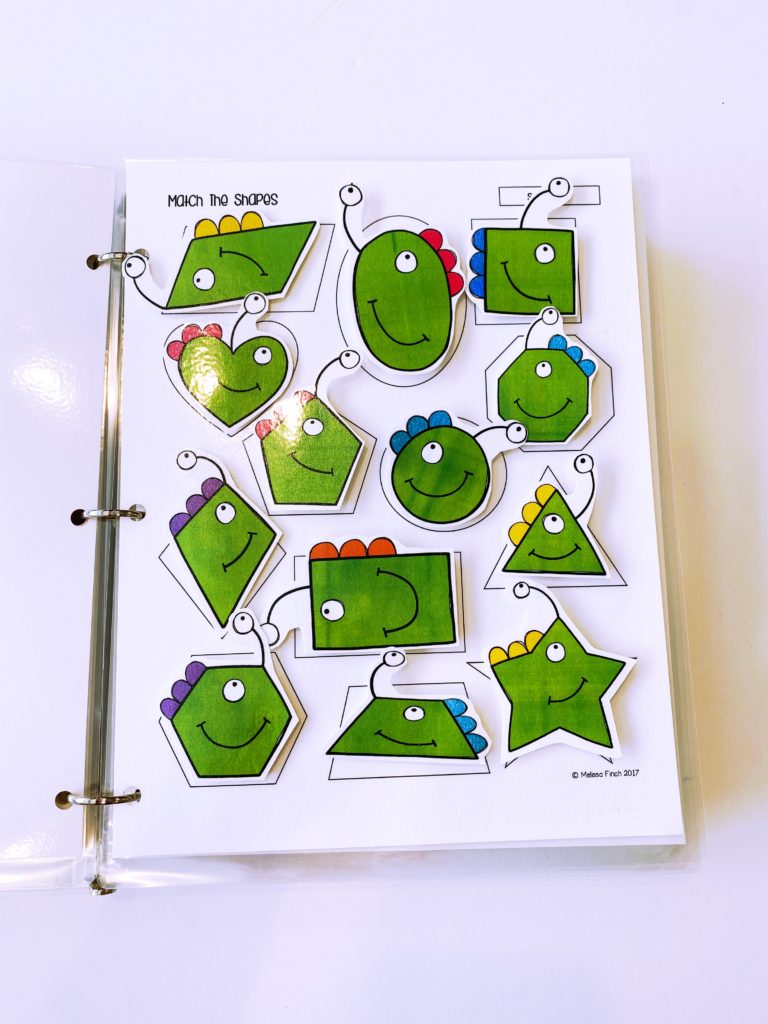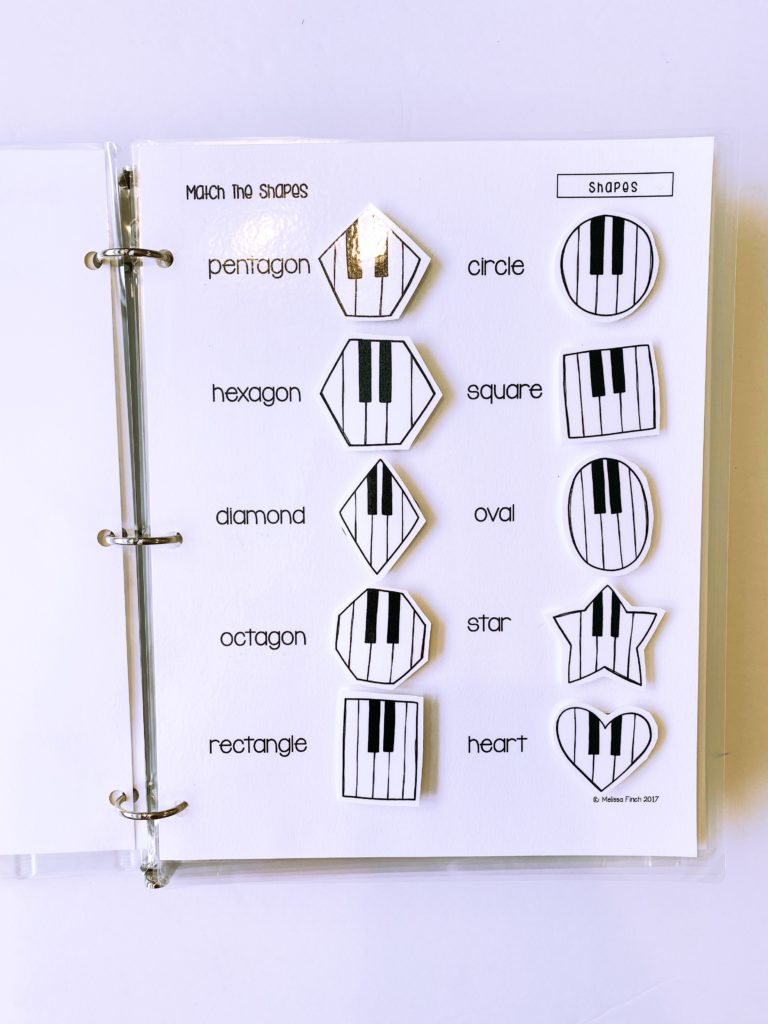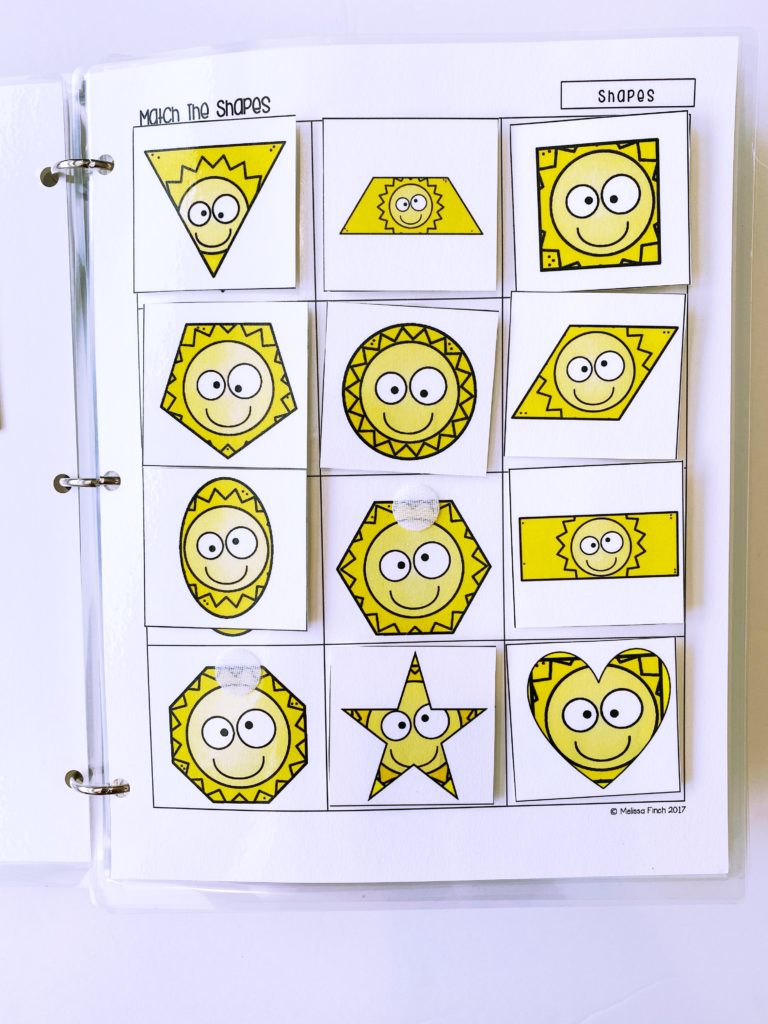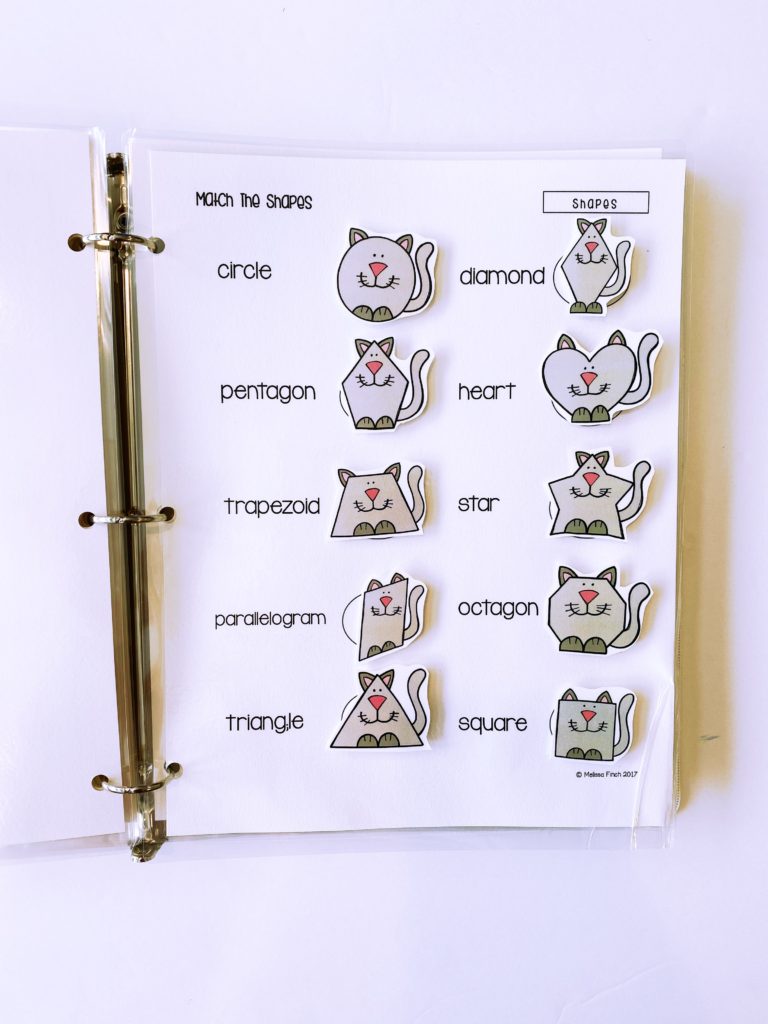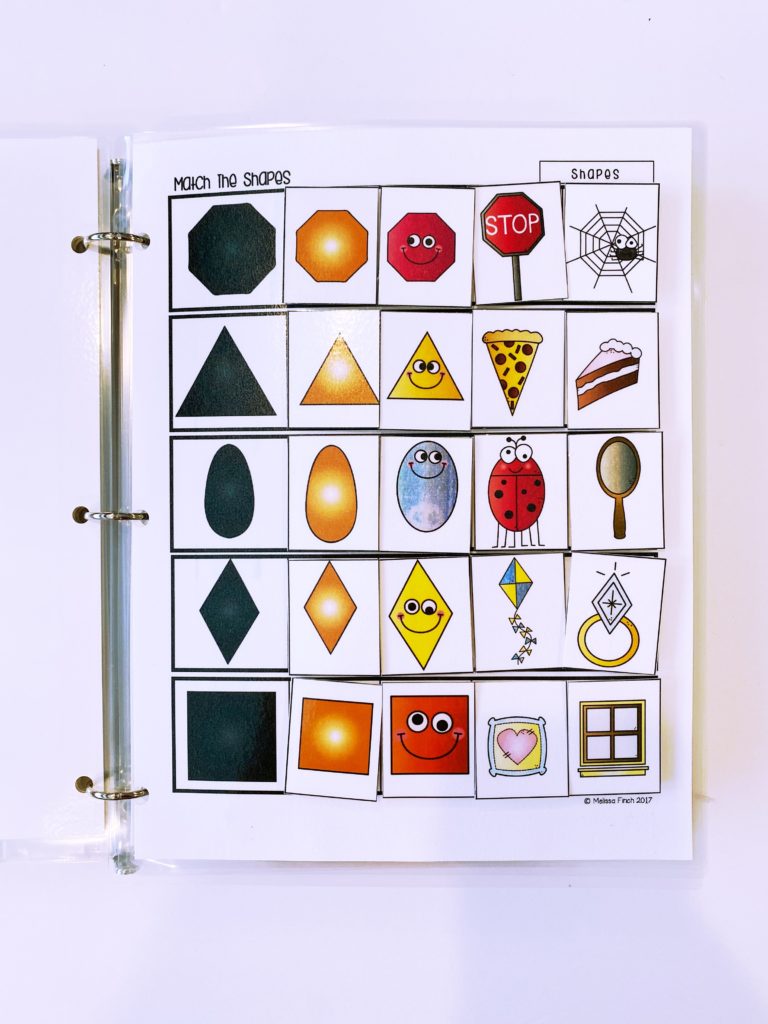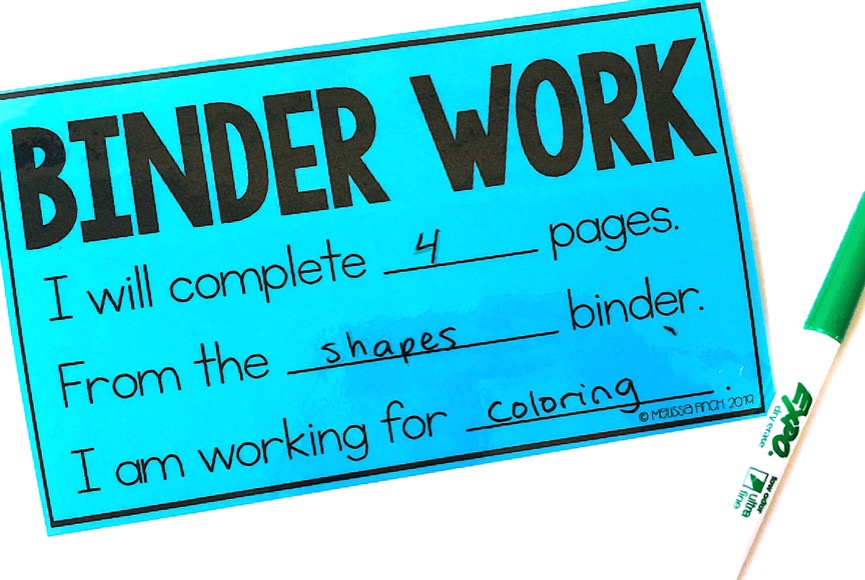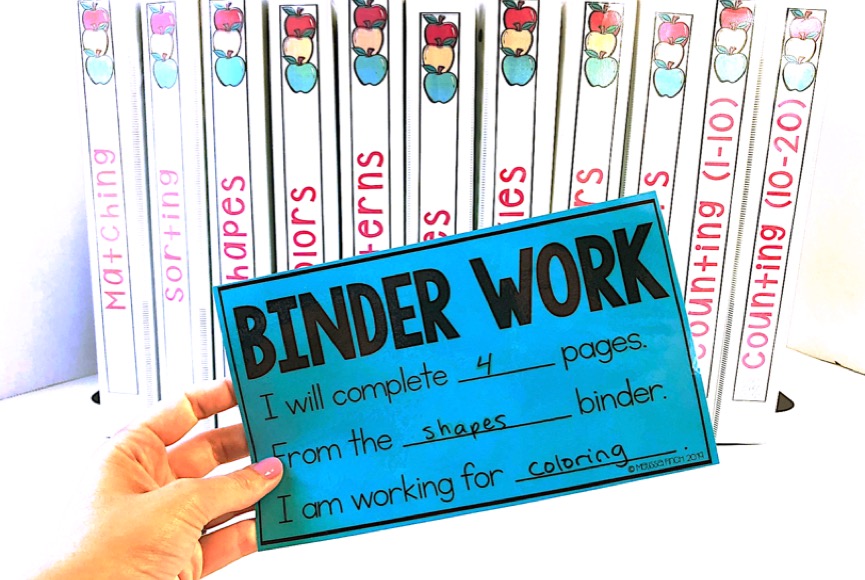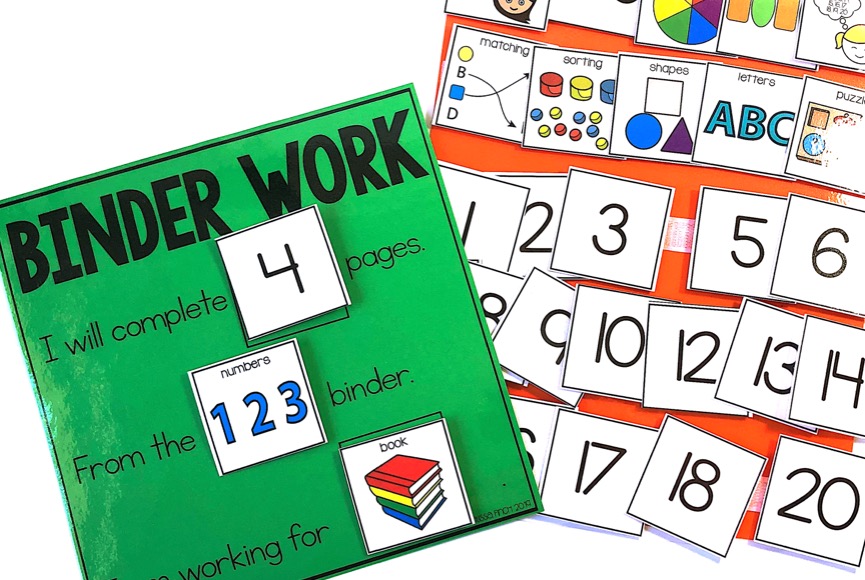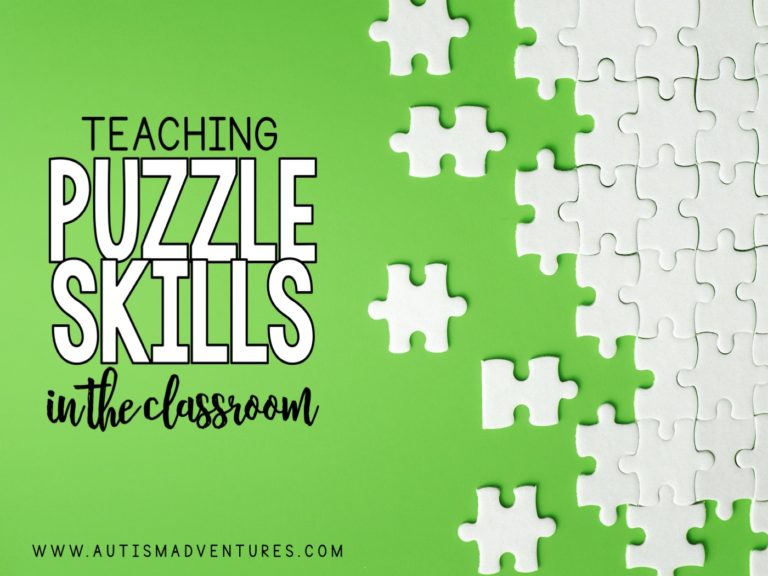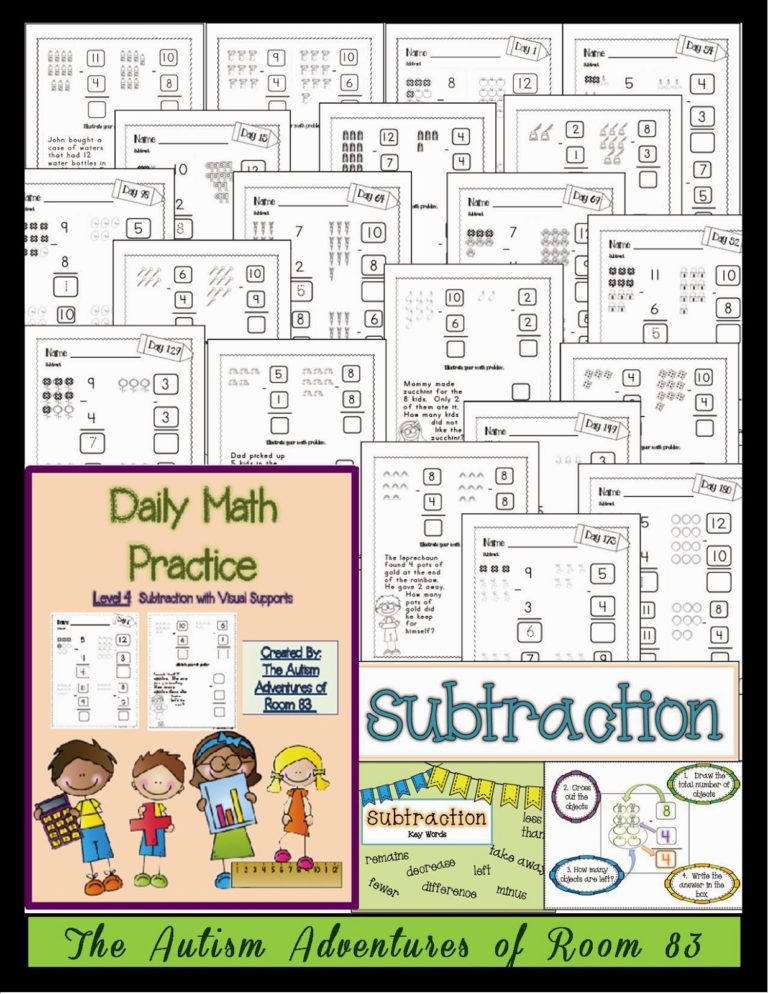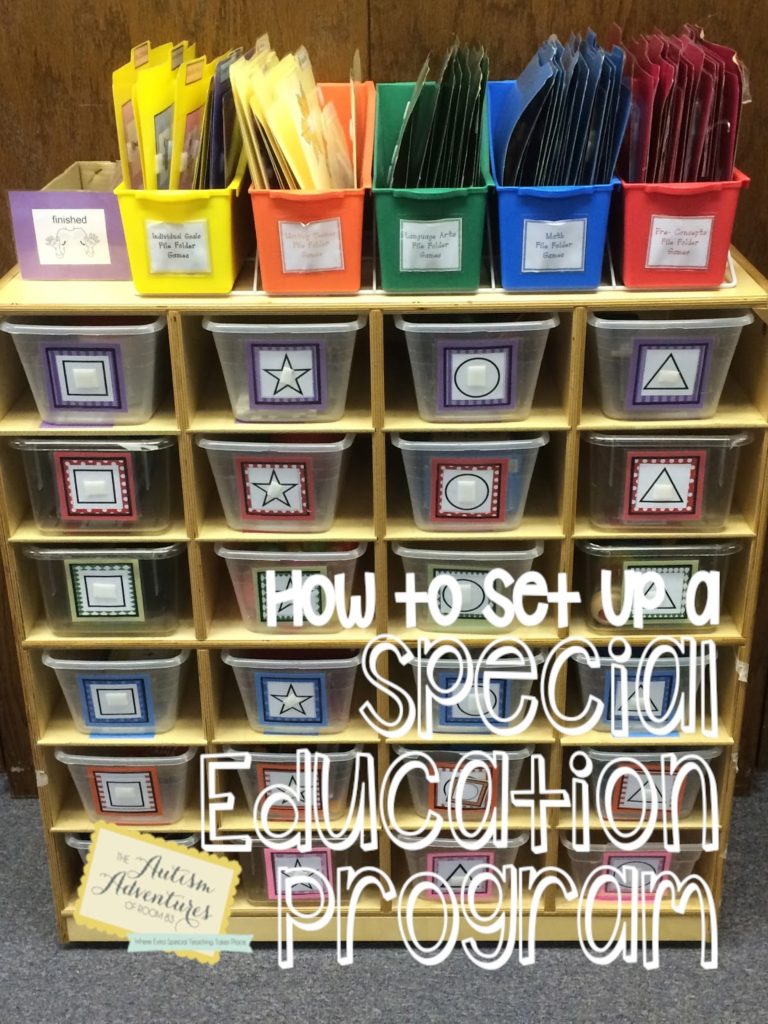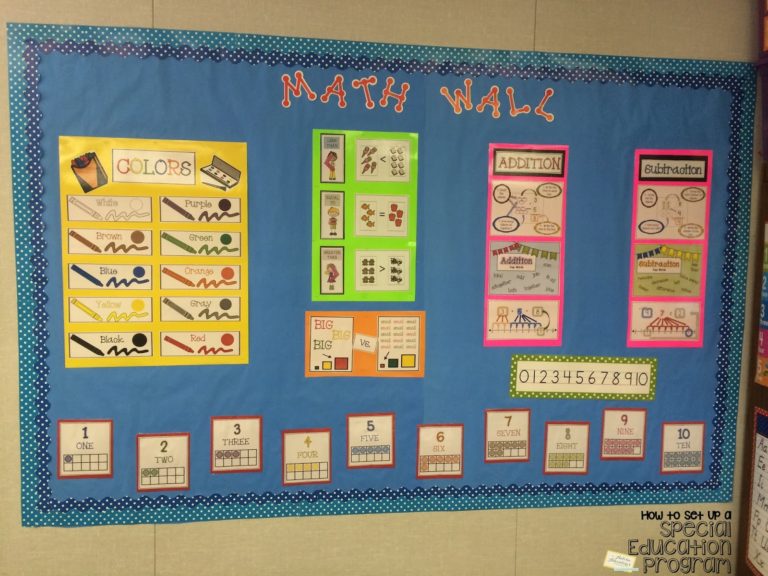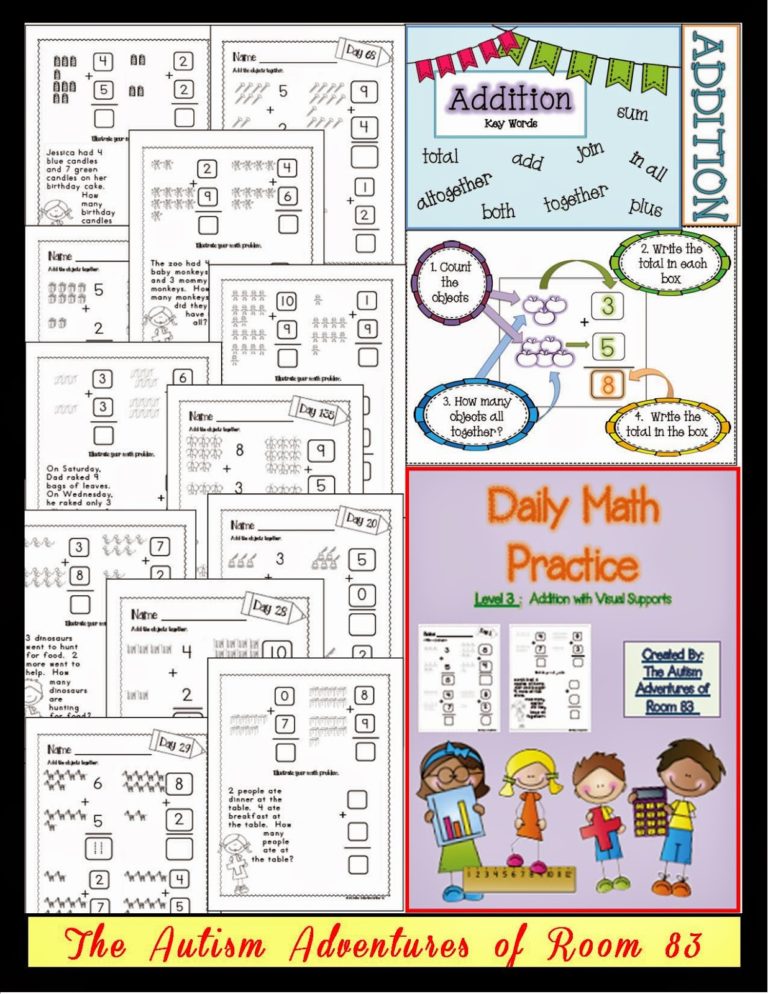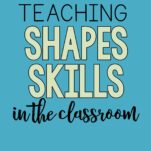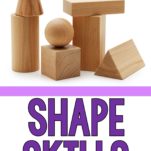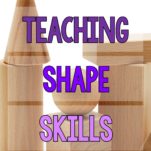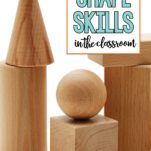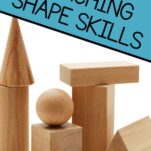Teaching Shape Skills in the Classroom
Teaching basic skills is so important in any classroom. Teaching basic skills can be fun, hands on and educational all at the same time. Today’s blog post I am going to be talking all about shape skills in the classroom, and why these skills are a crucial basic skill for students.
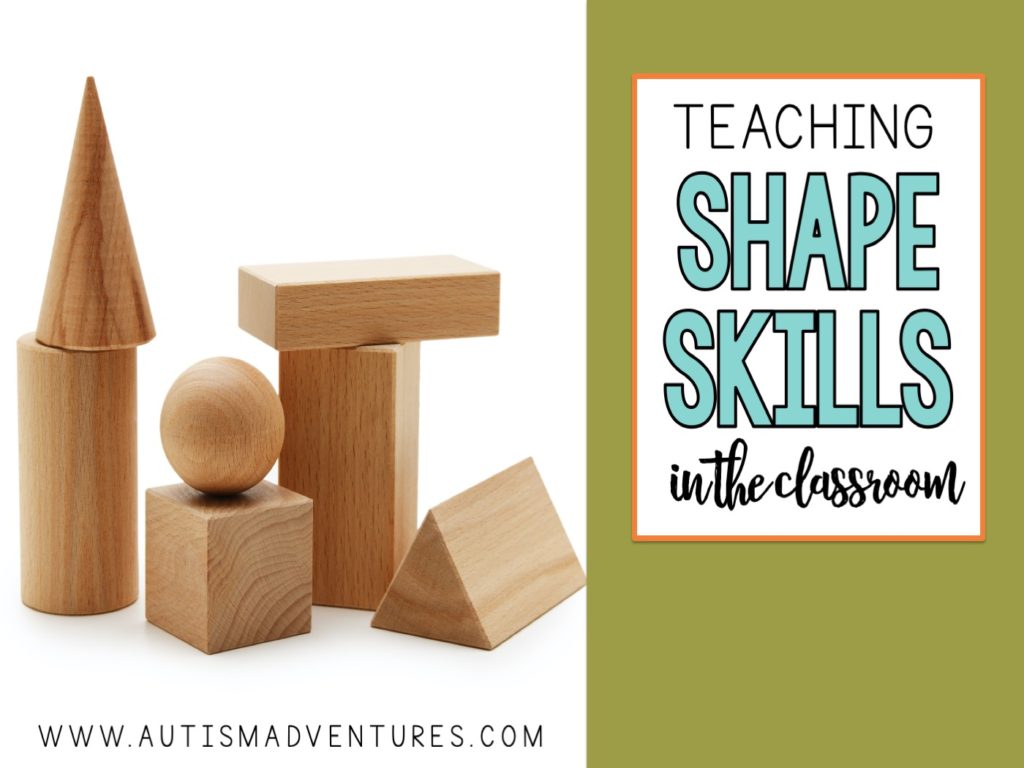
* This post may contain affiliate links. This means that if you click and end up purchasing, you pay no extra cost, but I earn a small fee for referring you.
Benefits of Mastering the Basic Skill of Shapes
Children begin learning shapes at a very early age, and by the time they are toddlers, many children are labeling items by their shape. There are many lasting benefits for children learning shapes. First, it helps them organize visual information. They also learn to distinguish similarities and differences, so this helps them learn to categorize. Because they are labeling objects, they develop new language skills. Learning shapes helps support early math learning; children can count the sides of shapes and use shapes to develop patterns. Finally, when children engage with shapes, they develop spatial sense – an intuitive sense about how shapes fit, move, and are inter-related.
How Shapes Knowledge Leads to Real-World Learning
Learning about shapes is important because shapes are everywhere, and children see them wherever they look! There are many applications of shape knowledge in the real world. Have you ever tried to put together a bookshelf or a desk? Especially an IKEA one, lol! If you have well-developed spatial sense, you probably had a pretty easy time doing that. Children who work with shapes tend to develop spatial sense.
Many people use shape knowledge in their work. Some examples are:
- Building occupations (architecture, construction)
- Design occupations (interior design, fashion design, art)
- Technology occupations (medical imaging, creating animations, designing video games, robotics)
- Sports occupations (angles of a batting swing, arc of a basketball shot)
Activities to Build Knowledge of Shapes in the Classroom
Teachers and parents can teach shapes to children using many, many learning activities. Before investigating a list of learning activities, think about these teaching tips:
- When you are teaching shapes to children, use both examples and non-examples (i.e., “This red shape is a circle. This blue shape is NOT a circle.”)
- Introduce both 2D and 3D shapes.
- When you show shapes to children, be sure to show them in various orientations. Many children are easily able to identify a triangle in its traditional orientation, but do not recognize a triangle in a different orientation. Similarly, show many examples of a single type of shape. Most young children only recognize a triangle that is equilateral (all 3 sides the same) and presented with the point UP. They often don’t recognize it as a triangle if it is presented with the point DOWN.
- When teaching about shapes, use rich math vocabulary that helps children develop conceptual understanding. For example, when a child identifies a square, you could say something like, “Yes, a square is a special kind of rectangle; all of the sides are the same length.”
Many learning activities help reinforce shape learning, and most of them require very little, if any, preparation.
- Shape Scavenger Hunt. Take a walk outside (or around the school) and look for a particular shape (a circle scavenger hunt). Or you could take a walk and find many different shapes. Take photos of the objects and use them to create a class shape book for your classroom library.
- I Have, Who Has. This is a very popular game in early childhood settings. Use large index cards and write “I Have” on the top half and put a picture of one shape there, then write “Who Has” on the bottom half with a picture of another shape. Give out the cards to children and select one student to start. The student will read the card, “I have a circle; who has a square?” The child that has a square on the top of their card will raise their hand, and then it is their turn.
- Shape Hokey Pokey. Give children a selection of shapes to use. Then do the hokey pokey! “Put your square in, put your square out..”
- Shape Sort. Cut out photos from magazines of differently-shaped objects. Put them in an envelope and then have children sort them.
- Shape Collages. After children have sorted photos from magazines, they can use the shapes to make collages – a circle collage, a square collage, a triangle collage.
- Build Shapes. A fun way to build shapes is to create them using mini-marshmallows and stick pretzels. Provide children with a handful of both and call out the names of shapes for them to make. That makes a nice snack after the learning!
- Shape Go Fish. Distribute shape cards to a small group of children. Have them play “Go Fish” using the shape cards. This builds several skills, including the children’s ability to identify the shape and match it.
- Drawings. Give children colored chalk and take them outside. Call out names of shapes and have children draw them on the sidewalk. If you’re stuck inside, give them small white boards to draw the shapes on.
Shape Binder Tasks
I am a huge believer in binder tasks and file folder activities in the classroom. They may require a lot of prep in the beginning, but offer so many benefits for years to come.
This Binder Work System focuses on shape tasks! There are 88 interactive pages that can be used to practice learning shape skills. A wide variety of matching activities are included to meet the needs of all of your students! All of these binder task activities are non-seasonal, meaning they can be used year round!
This bundle includes:
The Binder work system is great for early childhood programs, special education programs or autism classrooms/programs. The Binder Work system was designed to create a systematic routine system for students to work independently on already mastered skills that they learn at the math, reading, and writing centers/classes. This can be an every day work center/rotation within your classroom that requires no planning. To learn more about organizing and storing binder tasks, read this blog post HERE.
If you are looking for some free binder task visuals, click on the images below or read this old blog post HERE.
This product can be used 3 different ways:
- Print, laminate and assemble in binders for reusable interactive work tasks
- Assemble into file folder activities
- Print and use as cut and paste worksheets for extra practice/fillers
Shape Games
Below are some great games to practice shapes in the classroom! These are all available on Amazon and most are also available at common places like teacher supply stores, Target and Walmart!
In Summary
There are so many activities that you can do with children to enhance their learning of shape skills. Children enjoy learning about shapes and this content provides multiple opportunities for engaging, hands-on learning.
Like what you read? Don’t forget it, PIN IT!
